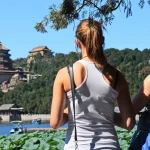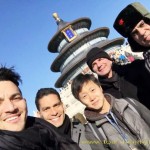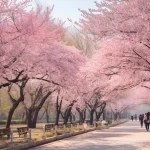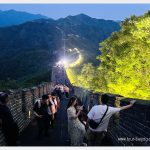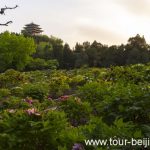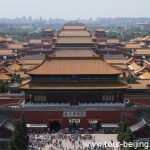Top 10 Attractions in Hubei
Planning for your Hubei tour? The downstream cruise of Yangtze River usually ends at Yichang or Wuhan, the two historical cities in Hubei Province with Wuhan as its capital city. Cut by the mighty Yangtze River and rife with lakes, Hubei is mostly green and fertile. But its western regions are dominated by mountains…
